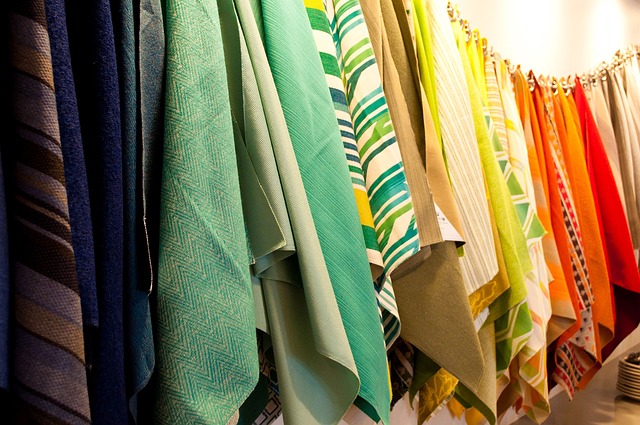The import ban on second-hand clothes (mitumba) in March 2020 highlighted the need to protect the industry which employs 2 million people and supports the livelihoods of 24 million Kenyans.
Taking action, theMitumba Consortium Association of Kenya of Kenya has today launched a report on the state of the second-hand clothes and footwear sector.
The report dubbed ‘The State of Second-Hand Clothes and Footwear Trade in Kenya’, published by the Institute of Economic Affairs,seeks to examine the structure and extent of the used clothing industry in Kenya, and its contributions to the economy.
According to the Mitumba Consortium Association of Kenya Chairperson, Rev. Teresiah Njenga, the report paints a clear picture of the contribution of the sector to the economy and illustrates that both the textile industry and second-hand clothes and footwear sectors can co-exist in Kenya.
“Based on the Kenya National Bureau of Statistics (KNBS) Manpower Survey, the industry employs an estimated 10% of the extended labour force, which translates to at least 2 million people”.
She added “in terms of taxes, the sector paid Ksh 12 billion in 2019 to the exchequer. This is a significant contribution to the economy in jobs and taxes, and this goes to show that this sector can no longer be ignored and needs order and policies to govern it. This report is the first step towards our goal of pushing for policies to govern the sector.”
The report draws an economic analysis of the demand and supply of the used goods and the market interactions that occur based on these goods throughout Kenya and related markets, exploring demand and supply, value chain analysis, the legal and regulatory regime governing the import and trade of used clothes, and the politics behind the regulation of used clothing markets in Kenya.
The report demonstrates that it is a mistake to believe that the expansion of textile manufacturing will only proceed if the existing mitumba sector is weakened or reduced in size.
The key point, confirmed by economic analysis, is that open product market competition is likely to expand and promote both parts of the sector. A healthy, dynamic market in the production of clothing and apparel will strengthen Kenyan manufacturing without being undermined by the second-hand clothing sector.


